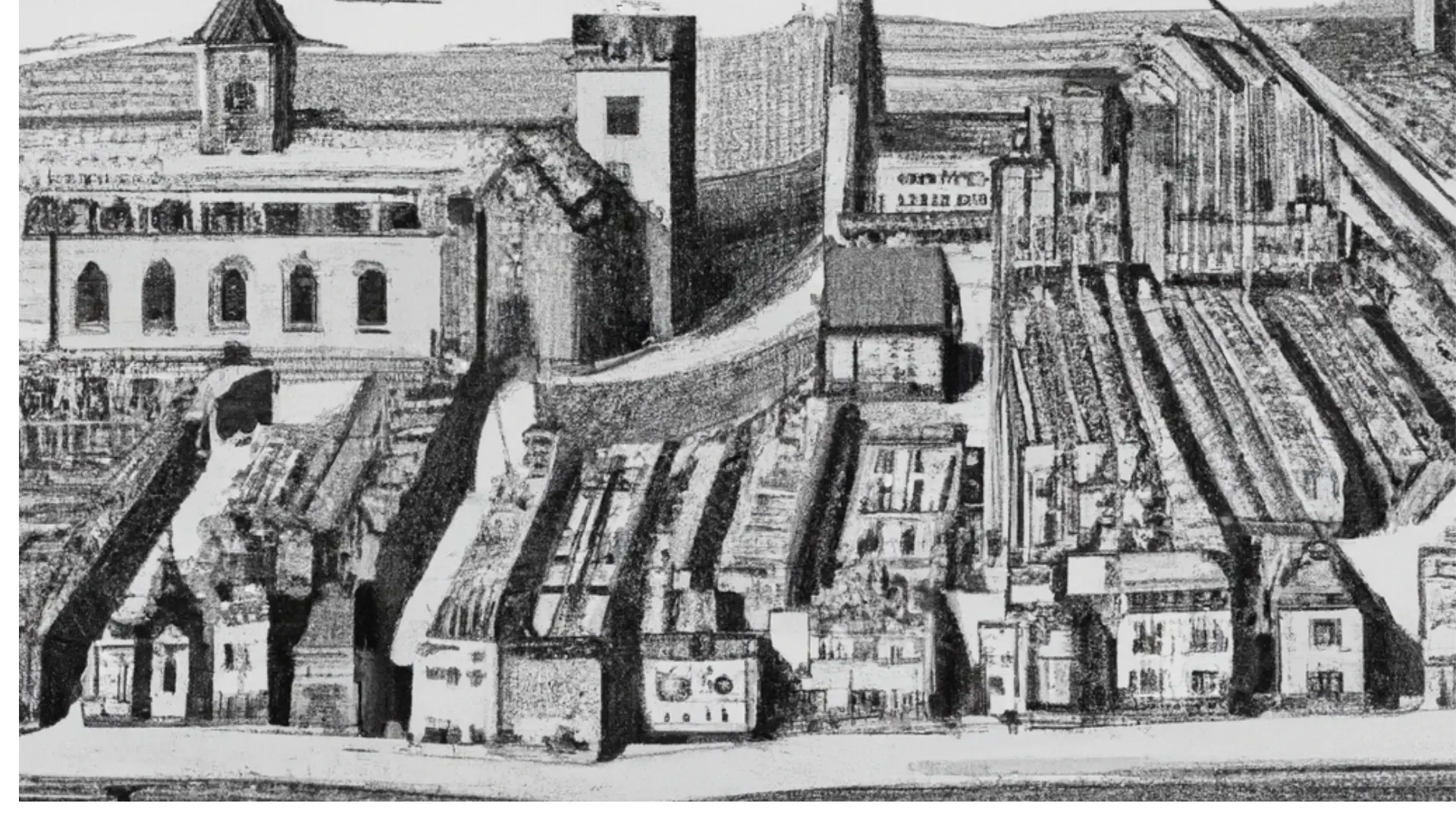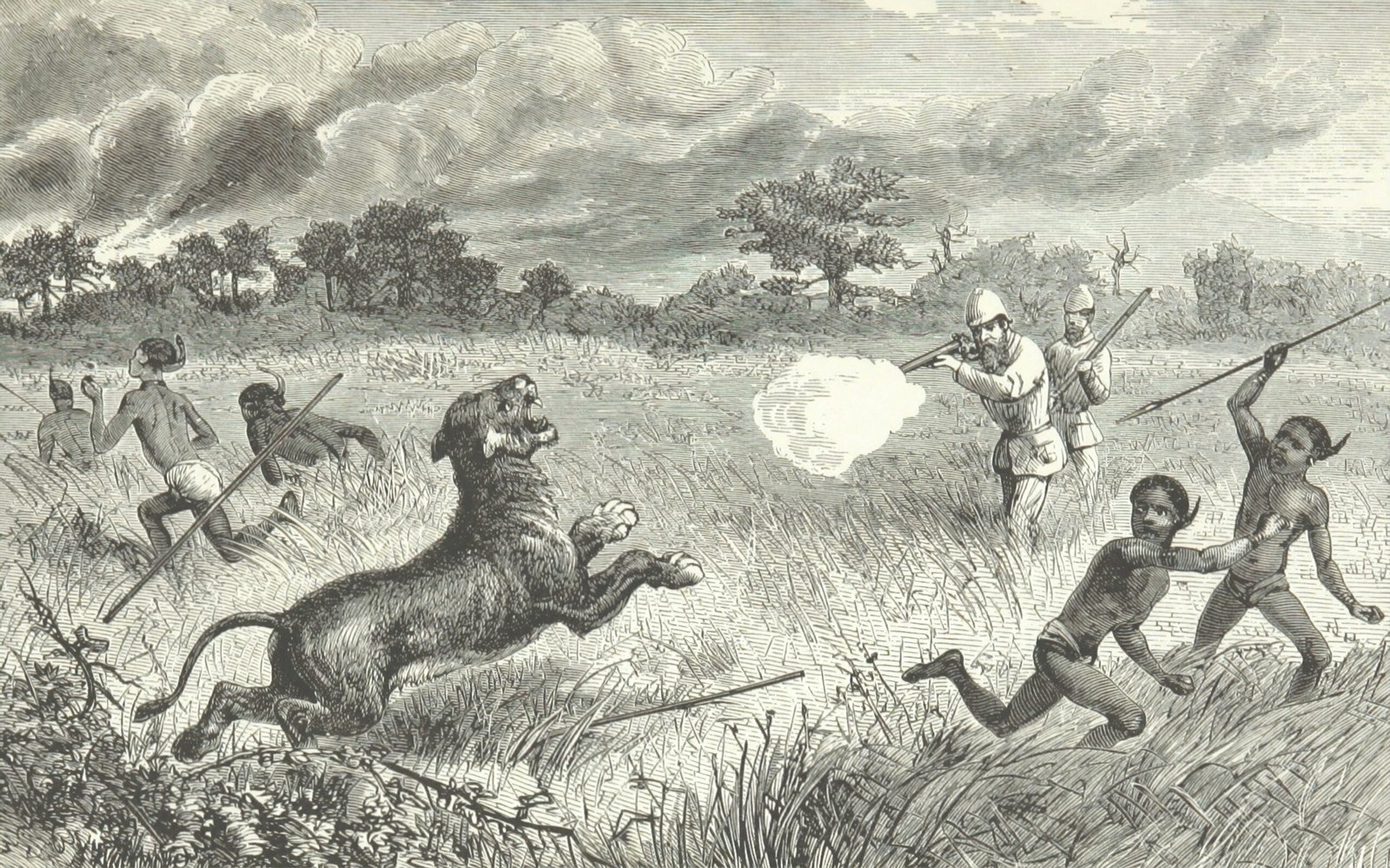A Citizen’s Diary of the Great Plague
Our story begins in the bustling heart of London. The year is 1665, and whispers of a looming plague creep through the cobbled streets. Our narrator, a nameless citizen who chooses to stay in the city throughout the ordeal, recounts the growing unease. Rumors turn to grim reality as the first cases of the bubonic plague surface. Fear takes root, twisting the vibrant city into a place of suspicion and dread.
The year is 1665, and London hums with its usual chaotic energy. Our narrator, an observant citizen, weaves his way through the throngs of people, his ears pricked for any news. An unsettling rumor begins to circulate through the city – whispers of a terrible disease, a sickness unlike any other, spreading from the far-flung corners of Europe.
The narrator, like many others, initially dismisses these whispers as mere gossip. London, a port city teeming with trade and travel, is no stranger to outbreaks of illness. But a seed of doubt is sown. He starts noticing an increase in mortality, particularly amongst the city’s poorest residents. The stench of death, usually masked by the city’s ever-present cacophony of smells, seems to linger for a disturbingly long time.
News arrives from the authorities, couched in bureaucratic language but laced with a tremor of concern. They acknowledge a rise in ‘ague’, a generic term for fevers, but assure the public that the situation is under control. Yet, beneath the surface, a sense of disquiet grows. The apothecaries report a surge in demand for herbal remedies believed to ward off illness. Conversations, once filled with the bustle of daily life, now turn to hushed discussions about swollen lymph nodes, fevered chills, and the dreaded black boils.
The narrator, ever the keen observer, witnesses a chilling sight. A group of sailors, recently arrived from a port ravaged by plague, are carted away from the docks by armed guards. Their faces are pale and drawn, their bodies wracked with coughs. A red cross, a now-unfamiliar symbol, is hastily painted on the door of their lodgings. It is a stark visual confirmation of the rumors – the plague is upon them.
The Walls Close In (Spring 1665)
As the plague tightens its grip, the number of afflicted grows exponentially. The narrator describes the chilling sight of houses marked with a red cross, a grim symbol of infection. The once lively streets become eerily silent, punctuated only by the mournful cries of the sick and the clatter of death carts hauling away bodies. Social distancing becomes a matter of life and death, with friends and neighbors turning wary of one another.
Spring arrives in London, cloaked in an unsettling gloom. The whispers of disease have morphed into a terrifying reality. The plague, no longer a distant threat, takes root in the heart of the city. Our narrator describes the escalating crisis in vivid detail:
- The Mark of Death: The red cross becomes a ubiquitous symbol of fear. It’s painted on the doors of homes where the plague has struck, a stark warning to the outside world. Entire streets become eerily deserted, a chilling contrast to the city’s usual vibrant bustle.
- The Grip of Fear: Paranoia and suspicion grip the populace. Friendly interactions become fraught with tension. Neighbors eye each other with distrust, fearing that a cough or a fever might signal the dreaded illness. The narrator describes the agonizing decision of turning away a friend with a sudden illness, the fear of contagion outweighing the bonds of friendship.
- The Carts of the Dead: The silence of the deserted streets is broken only by the grim procession of death carts. These lumbering vehicles, overflowing with corpses, become a constant reminder of the city’s mortality. The narrator recounts the heart-wrenching sight of families being carted away together, succumbing to the plague’s relentless march.
- A City in Lockdown: Social distancing takes on a desperate urgency. Public gatherings are banned, and shops close their doors. The once bustling markets are reduced to desolate squares, the cries of vendors replaced by an unnerving quiet.
The narrator observes the breakdown of social order. Desperate cries for help echo through the empty streets. The overwhelmed authorities struggle to contain the outbreak, their resources stretched thin. Some flee the city, seeking refuge in the countryside, while others hunker down in their homes, praying for deliverance.
Yet, amidst the desolation, there are glimmers of hope. The narrator witnesses acts of extraordinary courage and selflessness:
- The Healers: Doctors, apothecaries, and clergy risk their lives tending to the sick, venturing into plague-ridden houses with little protection. They become symbols of defiance against the encroaching darkness.
- The Samaritans: Ordinary citizens band together to help their neighbors. Wealthier residents provide food and medicine to the impoverished, while volunteers help bury the dead and offer solace to the grieving.
Spring, a season of renewal, becomes a battleground for survival. Our narrator captures the claustrophobic atmosphere of the city walls closing in, not just physically but also emotionally. The plague may have gripped London, but the human spirit, with all its flaws and resilience, continues to fight for survival.
Desperation and Humanity in the Face of Death (Summer 1665)
The summer months bring the peak of the plague’s wrath. The narrator chronicles the breakdown of order. The overwhelmed authorities struggle to contain the disease, while profiteers exploit the situation, driving up the price of food and medicine. Yet, amidst the despair, the narrator witnesses incredible acts of human compassion. Doctors and clergy risk their lives to treat the sick, while ordinary citizens band together to help those in need.
The summer of 1665 descends upon London, a cruel sun beating down on a city already ravaged by the plague. The narrator paints a bleak picture, the desperation reaching a fever pitch as the disease reaches its peak:
- A City on its Knees: The healthcare system crumbles under the weight of the outbreak. Hospitals overflow with the sick and dying, while makeshift quarantine zones are established in abandoned buildings. The stench of death hangs heavy in the air, a constant reminder of the city’s suffering.
- The Price of Survival: Profiteering runs rampant. The narrator describes the outrageous inflation of food and medicine prices, with unscrupulous merchants exploiting the desperation of the populace. The poor, already struggling to make ends meet, are left even more vulnerable.
- Law and Disorder: With the authorities stretched thin, a sense of lawlessness creeps in. Riots erupt over dwindling food supplies and the perceived ineffectiveness of the quarantine measures. The narrator witnesses acts of violence and desperation, a stark contrast to the city’s pre-plague civility.
However, amidst the bleakness, the narrator highlights the enduring strength of the human spirit:
- Acts of Unwavering Courage: Doctors, despite the meager protection available, continue to treat the sick. The narrator describes the unwavering dedication of a young physician, tirelessly working through the night, a beacon of hope in the darkness.
- The Strength of Community: Ordinary citizens come together to form makeshift support networks. Neighbors cook for the sick and elderly, while volunteers risk infection to deliver supplies to those trapped in quarantine. A spirit of camaraderie emerges, a collective defiance against the plague’s devastation.
- The Comfort of Faith: Religious leaders play a crucial role, offering solace and spiritual guidance to the suffering. The narrator describes a moving scene of a priest offering last rites to a family ravaged by the plague, his unwavering faith bringing a measure of comfort in their final moments.
Summer becomes a crucible, testing the very fabric of London society. The narrator captures the desperation of a city teetering on the brink. Yet, within the chaos, he finds stories of remarkable resilience – acts of selflessness, unwavering courage, and a profound sense of community. These glimmers of humanity offer a powerful counterpoint to the plague’s brutality, a testament to the enduring human spirit.
A City Reborn from the Ashes (Fall and Winter 1665-1666)
With the arrival of cooler weather, the plague’s ferocity starts to wane. The narrator describes the cautious optimism that begins to replace the suffocating fear. The city slowly emerges from its self-imposed isolation, and a semblance of normalcy returns. However, the scars left by the plague run deep. The narrator reflects on the immense loss of life and the profound impact on the city’s social fabric. The ordeal serves as a stark reminder of human vulnerability but also of the enduring strength and compassion that can emerge even in the darkest of times.
As the days shorten and a chill creeps into the air, a turning point arrives in London’s battle with the plague. The narrator chronicles the city’s slow and tentative steps towards recovery:
- A Receding Tide: The number of new cases begins to dwindle. The dreaded death carts become less frequent, a welcome sign that the plague’s grip is loosening. A cautious optimism replaces the suffocating fear that has gripped the city for months.
- Emerging from Isolation: The authorities, with a newfound confidence, begin to relax the lockdown measures. Shops reopen their doors, and a semblance of normalcy returns to the streets. The once-deserted markets hum with activity, a testament to the city’s indomitable spirit.
- Counting the Cost: The scars left by the plague run deep. The narrator describes the city in mourning. Mass graves become grim reminders of the immense loss of life. Many families are utterly destroyed, with children orphaned and livelihoods shattered. The economic and social fabric of London will take years to mend.
The harsh winter brings a sense of eerie quietude. The plague, though diminished, has not vanished entirely. The narrator recounts:
- A Haunting Reminder: Occasional outbreaks serve as a chilling reminder of the ordeal. The city remains vigilant, sanitation measures are strictly enforced, and a newfound respect for hygiene takes root.
- A City Forever Changed: London emerges from the plague a transformed city. The carefree spirit of the past is replaced by a newfound awareness of human vulnerability. The narrator contemplates the enduring impact of the experience, a collective memory etched deep into the city’s soul.
The story concludes on a bittersweet note. While the city takes its first tentative steps towards recovery, the trauma of the plague lingers. The narrator’s words serve as a powerful testament to the human capacity for resilience in the face of unimaginable adversity. “A Journal of the Plague Year” transcends a historical account, becoming a timeless story of hope and perseverance.
A Haunting Legacy
While the story ends with London tentatively taking steps towards recovery, the novel leaves a lasting impression. The narrator ponders the lingering anxieties and the indelible mark left by the plague. “A Journal of the Plague Year” transcends a historical account, becoming a deeply personal and timeless story about human resilience in the face of overwhelming adversity.
As the days shorten and a chill creeps into the air, a turning point arrives in London’s battle with the plague. The narrator chronicles the city’s slow and tentative steps towards recovery:
- A Receding Tide: The number of new cases begins to dwindle. The dreaded death carts become less frequent, a welcome sign that the plague’s grip is loosening. A cautious optimism replaces the suffocating fear that has gripped the city for months.
- Emerging from Isolation: The authorities, with a newfound confidence, begin to relax the lockdown measures. Shops reopen their doors, and a semblance of normalcy returns to the streets. The once-deserted markets hum with activity, a testament to the city’s indomitable spirit.
- Counting the Cost: The scars left by the plague run deep. The narrator describes the city in mourning. Mass graves become grim reminders of the immense loss of life. Many families are utterly destroyed, with children orphaned and livelihoods shattered. The economic and social fabric of London will take years to mend.
The harsh winter brings a sense of eerie quietude. The plague, though diminished, has not vanished entirely. The narrator recounts:
- A Haunting Reminder: Occasional outbreaks serve as a chilling reminder of the ordeal. The city remains vigilant, sanitation measures are strictly enforced, and a newfound respect for hygiene takes root.
- A City Forever Changed: London emerges from the plague a transformed city. The carefree spirit of the past is replaced by a newfound awareness of human vulnerability. The narrator contemplates the enduring impact of the experience, a collective memory etched deep into the city’s soul.
The story concludes on a bittersweet note. While the city takes its first tentative steps towards recovery, the trauma of the plague lingers. The narrator’s words serve as a powerful testament to the human capacity for resilience in the face of unimaginable adversity. “A Journal of the Plague Year” transcends a historical account, becoming a timeless story of hope and perseverance.






A Haunting Diary: The Great Plague of London
Step into 1665 London and experience the bubonic plague through the eyes of a survivor. "A Journal of the Plague Year" reimagined: a gripping story of fear, resilience, and the enduring human spirit in the face of devastation.